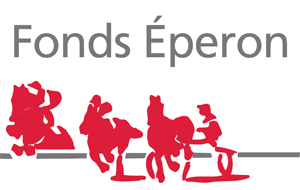Ploughing
Did you know?
In Europe and the United States there are still farms that work with animal traction ! Of around 1.3 billion farmers worldwide (Source FAO - 1998).
• nearly 30 million use the combination of mechanisation, synthetic input and irrigation,
• 300 million use animal traction and animal fertilisation with little irrigation,
• the remaining billion work manually using various method (scraping, digging stick, etc.= human work).
Ploughing using animal traction therefore has a wide margin for progress! It often represents a transitional phase between human work and motorisation.
Ploughing using animal traction = sign of modernity
The preoccupation of modern times = respect for the environment: less poluting, more respectful of the soil and more economic over small areas, the horse is becoming the most modern tool there is !
Particularly well suited to work in vineyards or market gardening (small fields with narrow spaces between rows).
In African countries: horses are cheaper to buy and maintain than tractors, more economic on small areas and represents progress compared with the work of men, women and even children in most cases !
A few figures
Ploughed areas
• In France: 12.5 million ha
• in the European Union: 97 million ha
• worldwide: 1.4 billion ha
The percentage of the area ploughed using animal traction is low but not zero in the industrialised countries and can exceed 25% in Africa. 4A pair of horses ploughs around 50 acres a day with one plough and a single ploughshare.

 Contact
Contact

